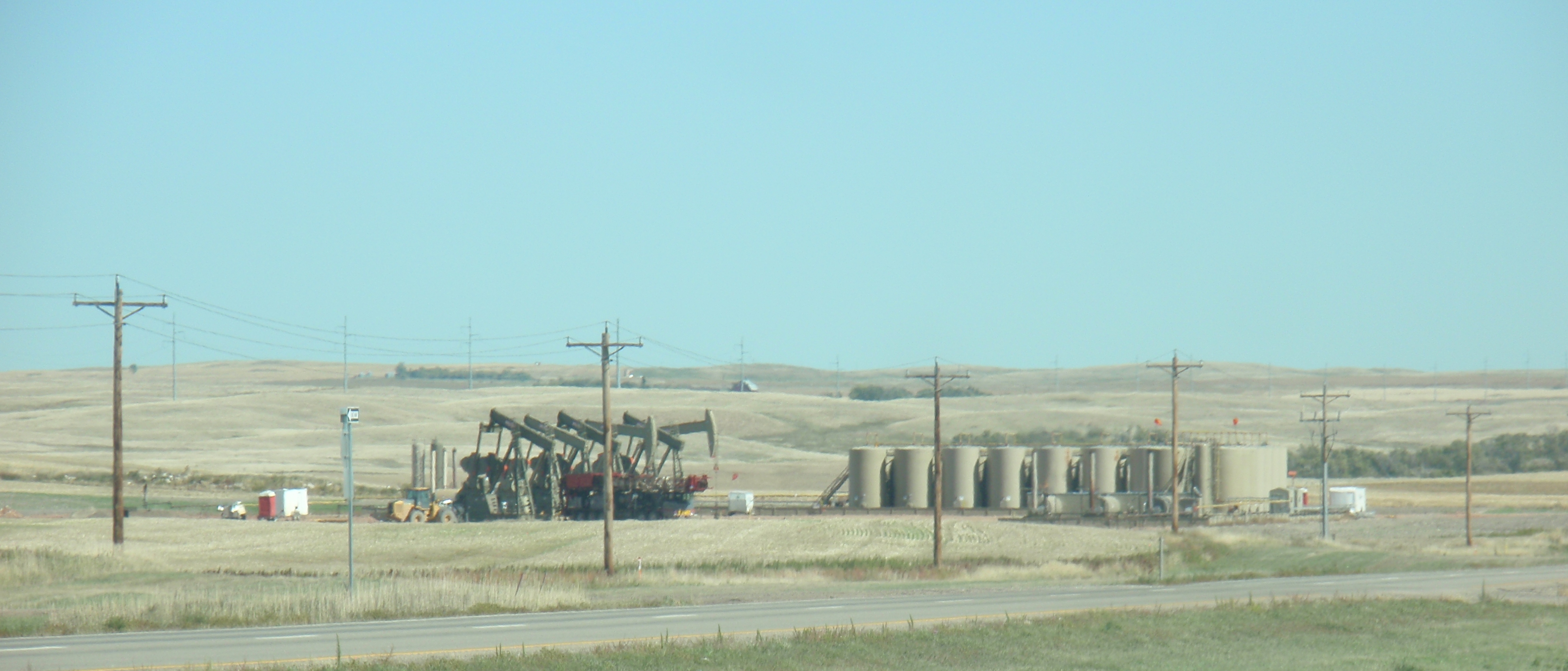
The Wall Street Journal has a great article on 1/14: North Dakota Cities Use Oil to Regroup / Williston, which saw its population so during the energy boom, sees a chance to catch up after Catholic growth, plan for the future – It highlights all levels of governments are using the slowdown as a time to play catch-up.
Take a look at these indicators of what is going on in the state. Does this look like a collapse to you? Or does this look like a return to something that resembles a normal growth market?
Oil production is down only slightly. (November production results will be released in the next few days.)
State-wide employment in oil and gas jobs:
- 4,400 – November 2005
- 32,400 – early 2015
- 25,300 – November 2015
That would be an increase of 28,000 jobs, or up 636%, in 10 years and a drop of 7,100, or 22%, from the peak. That is merely a five-fold increase since the start of the boom.
Construction of the water treatment plant is underway (I think it’s close to being done) which will provide services for up to 70,000 people. Other infrastructure, such as new city office and high school, is underway.
Williston city budget:
- $40M – 2006
- $240M – 2015 (might be a reference to 2016, I am not sure)
Other indications things are slowing
Williston city officials provide the following population estimates:
- 12,000 – 2006 (calculated based on comment the population has tripled since then)
- 36,000 – 2014
- 32,000 – current
That’s an increase of 24,000 (tripling in eight years) with a 4,000 drop from the peak (down 11%).
I think there’s been a more dramatic drop in the population of people living outside the city limits and extraterritorial reach of Williston. Those changes would not be reflected in the mayor’s estimates.
Several comments in the article that show the impact of the slowdown.
First is that sales tax revenue dropped 35% in the fourth calendar of 2014 compared to prior year quarter.
Second, one restaurant owner says his restaurant is no longer overflowing six nights a week and the lavish tips from huge numbers of customers have slowed down. My perception is a huge number of workers have seen their hours drop from 60 or 80 a week to 40 or a little over.
Third, the days of bidding wars for real estate are over. There are not multiple competing bids on every house that comes on the market with prices often going to $20,000 more than list.
I have also heard that rental prices are dropping quickly. I’ll make a guess that soon rental rates will be merely very high compared to eight years ago instead of ridiculously outlandish. That would be a shift away from the highest advertised rates in the country to higher than everywhere else in North Dakota, Montana, or South Dakota.
Last comment I’ll mention is a quote from the state treasurer, who describes the last few years as
“…drinking from a firehose.”
Now the state and cities can deal with development and infrastructure needs on a calmer basis.